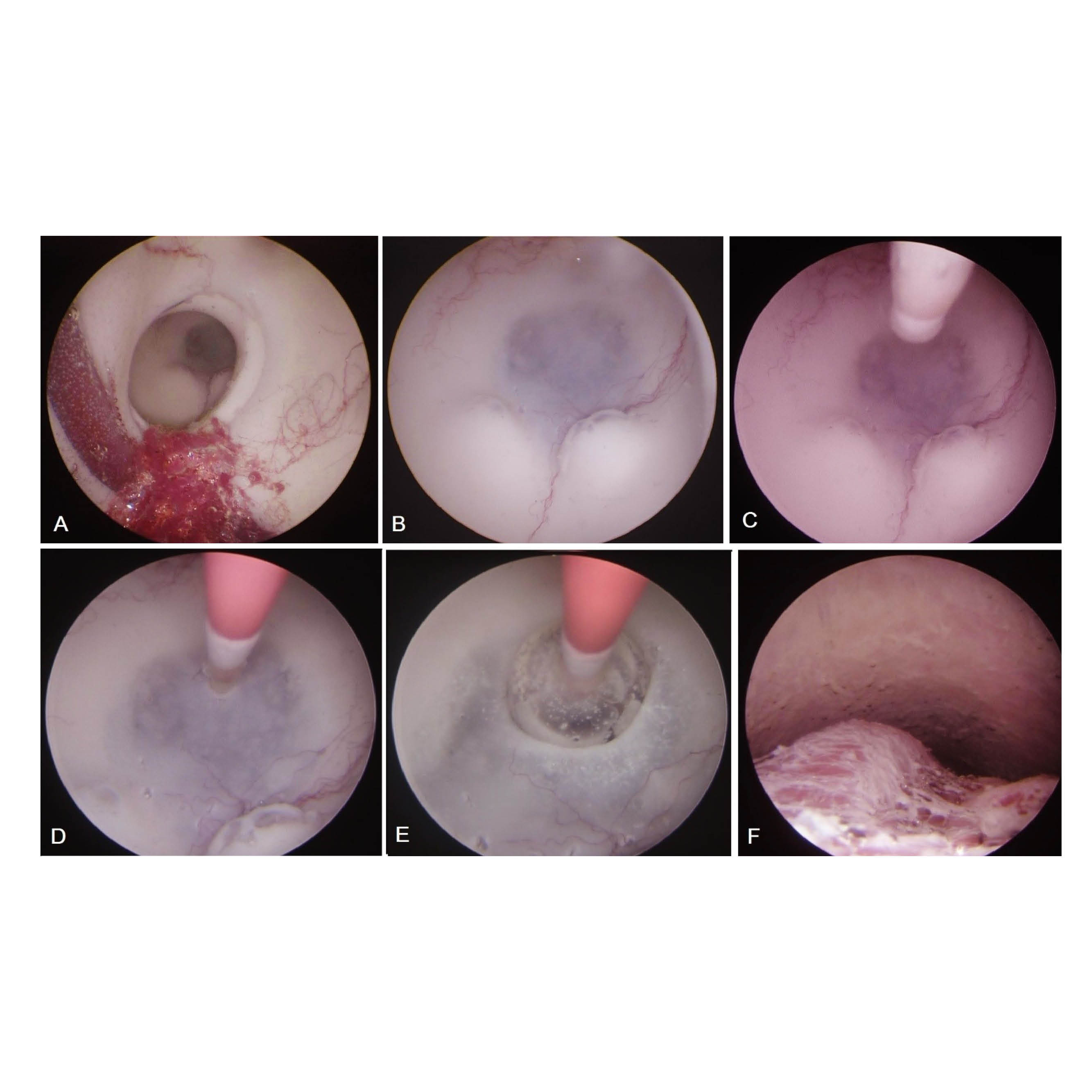Most conventional brain surgeries use image guidance—systems that link CT scans or MRIs taken preoperatively to the patient during surgery so that surgeons can navigate using the images on a screen in real time, akin to driving with GPS. This tool has significantly improved the efficiency and safety of brain surgeries, says Johns Hopkins neurosurgeon Nicholas Theodore, offering more direct routes to reach tumors and making wrong-side surgeries a nonissue.
However, he adds, his own subspecialty of spine surgery had some catching up to do. In October 2017, Theodore and his colleagues took a big step forward with a new image-guided robot that he co-invented for spine stabilization surgeries.
Theodore explains that although image guidance systems for the spine do exist, they’re used in just a fraction of procedures to treat degenerative disease, spine tumors or trauma. Instead, surgeons typically rely on multiple X-rays during procedures to place screws with minimal incisions and the least number of adjustments.
The problem with using image guidance for screw placement, Theodore explains, is that surgeons’ hands tend to drift as they look to a screen for guidance. Much like a steering wheel skews to the side when drivers look in that direction, screw placement can also go awry with image guidance, leading to imprecise results that can significantly affect surgical outcomes.
Fifteen years ago, when Theodore was the director of neurotrauma at Barrow Neurological Institute in Phoenix, Arizona, he knew that there had to be a better way to perform these procedures. That’s when he started work with biomedical engineer colleague Neil Crawford on a new kind of tool for image-guided surgery. Rather than relying on a surgeon’s hands for screw placement, Theodore explains, surgeons could simply touch a screen showing the patient’s CT scan to precisely plan the ideal trajectory for screw placement, and a robot would do it for them.
Finally, it was ready for prime time last year. Twenty-five of these systems—which can place spinal screws with sub-millimeter accuracy and can adjust the robot’s position to the slightest movements, such as a patient’s breathing—are currently in use across the country, including at The Johns Hopkins Hospital.
Theodore, who directs the Johns Hopkins Neurosurgical Spine Center, finally got the chance to see his dream come to life firsthand by performing his first procedure with this robot last year. He has since done more than 30 of these procedures, adding to the more than 200 that have thus far been performed with this image-guided robot across the country. He continues to maintain a financial interest in this technology.
“Throughout history, in and out of medicine, there’s always a question of whether we should change the way we’ve always done things,” Theodore says. “This tool will take what spinal surgeons do on a daily basis, elevate the art, enable us to do things more precisely, and allow us to perform our best every day.”


